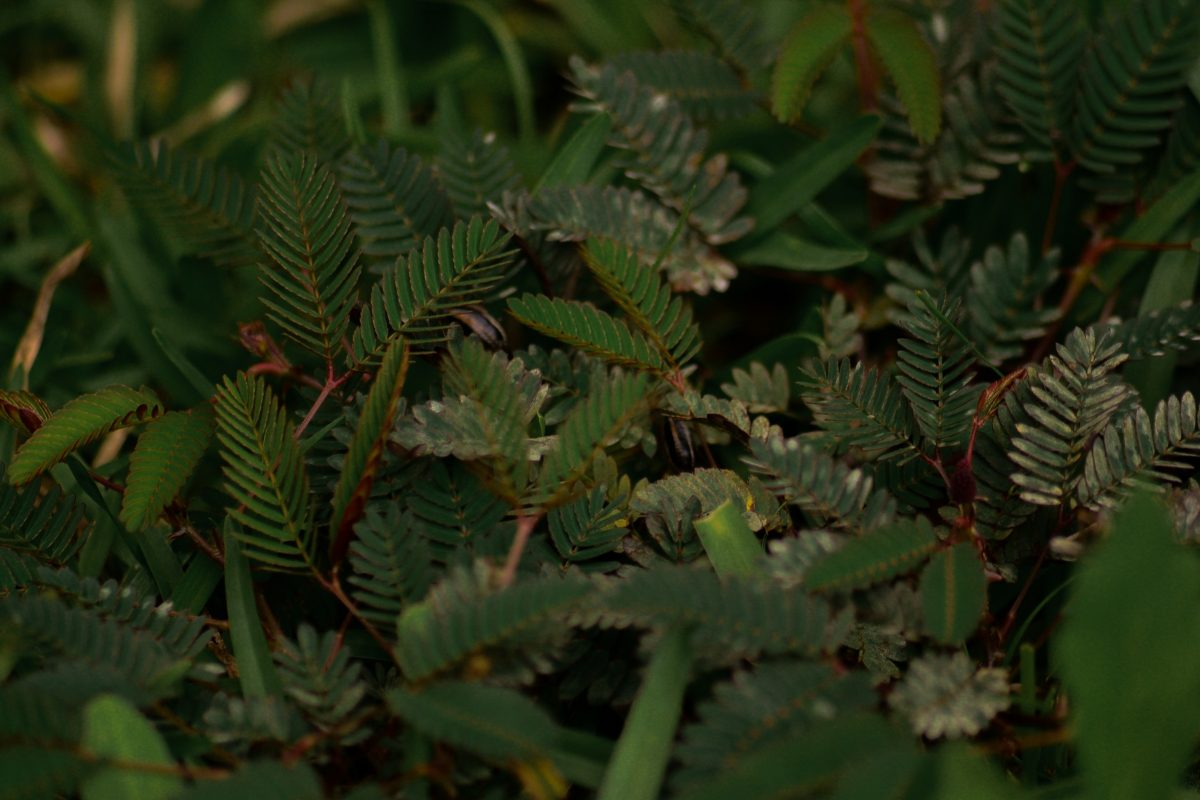The Philippines is a country that has good soil and resources. Many plant species thrive here because of it. In the Common Weed Species with Medicinal Uses (RISE Vol. 21, No. 1) published by the Department of Environment and Natural Resources, they outlined 27 common weed species in the Philippines. One of these is the Mimosa Pudica.
How do we classify a weed?
Weeds are unwanted plants that sprout in undesired areas. They could be ugly or feed off the nutrients in the soil meant for other plants. They also have thorns that may cause skin irritations or can be harmful if consumed.
Mimosa Pudica: The Shy Plant
Mimosa Pudica is more commonly known as Makahiya or Makahia. It’s commonly found on grasslands, empty lots, or sometimes even street cracks. These sturdy plants are known to tolerate varied circumstances and survive with ease. It’s called the shy plant (makahiya from the Filipino word hiya meaning shy; and pudica, a Latin word that also means shy). It has a defense mechanism of folding its leaves and curling up when touched.
Origins and Botany
Because it’s extremely common in the Philippines, a lot of people think that the Makahiya is native to the Philippines. But it’s actually an introduced species. Mimosa pudica is actually from the Leguminosae family and is native to South and Central America.
Makahiya is a half-woody herb, with branched stems and numerous deflexed, bristly hairs. They have leaflets and pinnae that both fold when touched. Some may also see these plants bear fruits consisting of clusters. These clusters have two to eight pods that are flat and slightly recurved.
Medicinal Benefits
The roots can be administered as a diuretic and are used against dysmenorrhoea. It is also an aphrodisiac that is helpful for urinary complaints. The juice extracted from the entire plant can help clear airways of allergens and inflammation.This can be used to help with asthma treatment. Leaves can be crushed into a paste to address swelling or employed as a bath for pains of the hips and kidneys.


